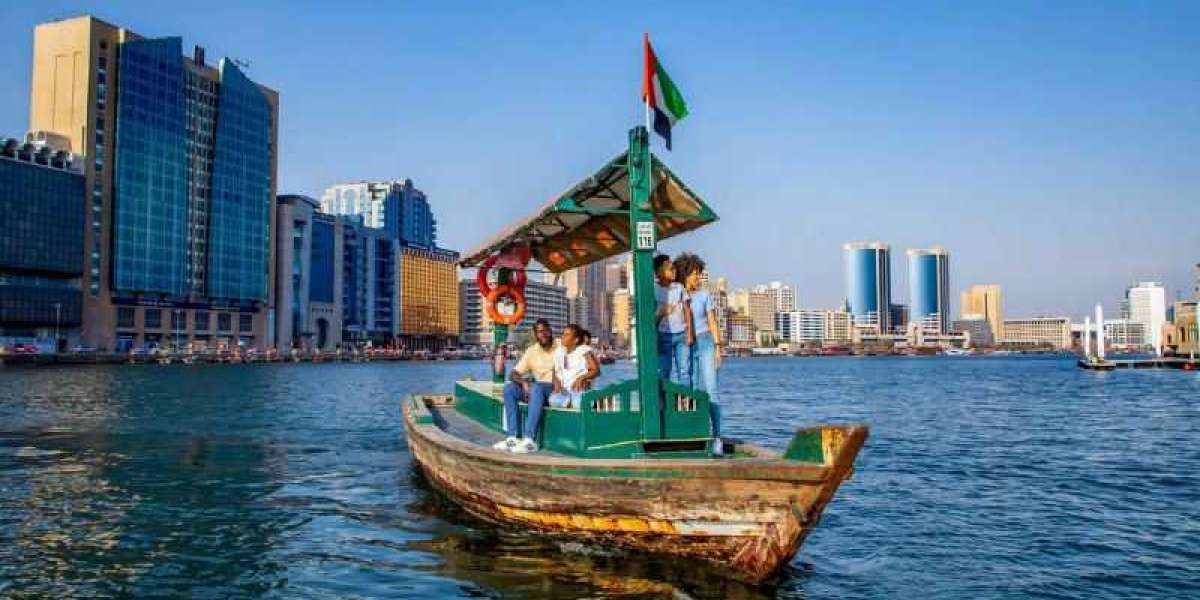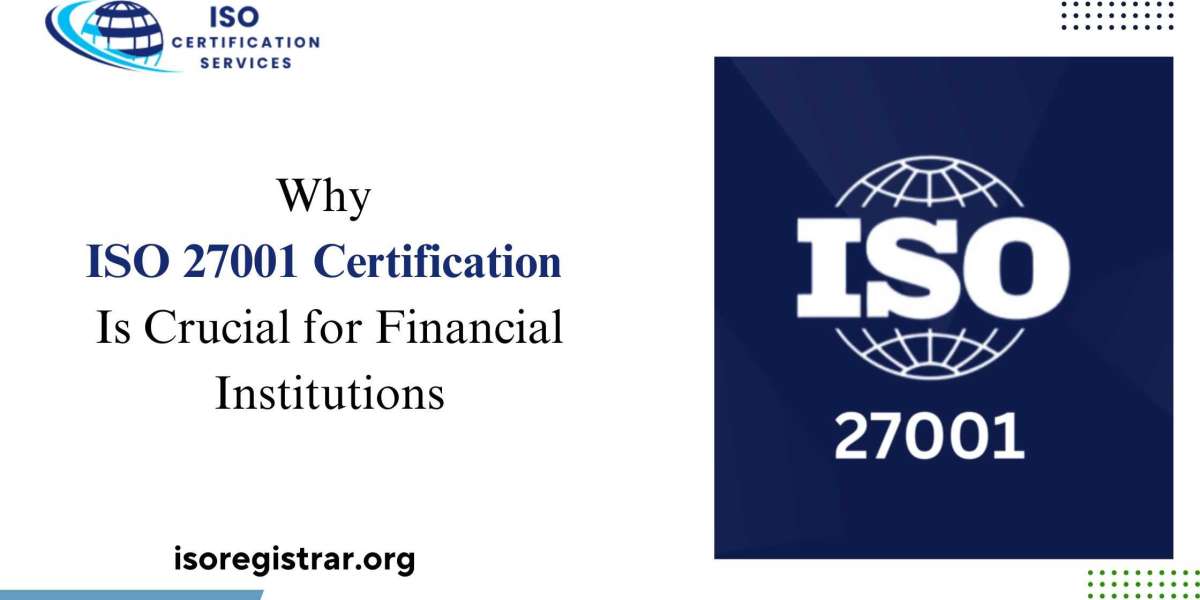The Harsh Reality of Water Scarcity:
Water scarcity in Kenya is not a distant threat but a daily struggle for survival. According to Water.org, more than 41% of the population lacks access to safe water, forcing communities to rely on unreliable and often contaminated sources. The situation is exacerbated by the erratic cycles of floods and droughts, population growth, and the unequal distribution of water resources across the country.
The Toll on Rural and Urban Communities:
Rural areas and informal urban settlements bear the brunt of Kenya's water crisis. In these marginalized communities, inadequate infrastructure and neglect by public water service providers leave residents with few options. In Nairobi, Kenya's bustling capital, rapid urbanization has led to the proliferation of informal settlements where access to clean water is a luxury few can afford.
The Struggle for Equitable Access:
Water shortages disproportionately affect the most vulnerable members of society, including women, children, and the elderly. In informal settlements, impoverished residents are forced to pay exorbitant prices to private vendors for water that often fails to meet sanitation standards. Meanwhile, wealthier neighborhoods enjoy priority access to public water service providers, deepening the divide between rich and poor.
Conclusion:
In the face of Kenya's water crisis, we must heed the call to action and stand in solidarity with those most affected. By working together, raising awareness, and advocating for change, we can create a future where water scarcity is no longer a barrier to health, dignity, and opportunity for all Kenyans. Let us join hands and turn the tide on Kenya's water crisis, one drop at a time.







